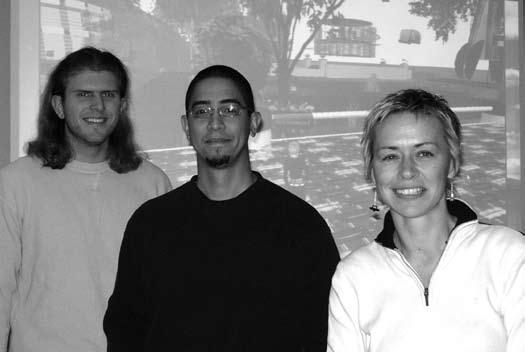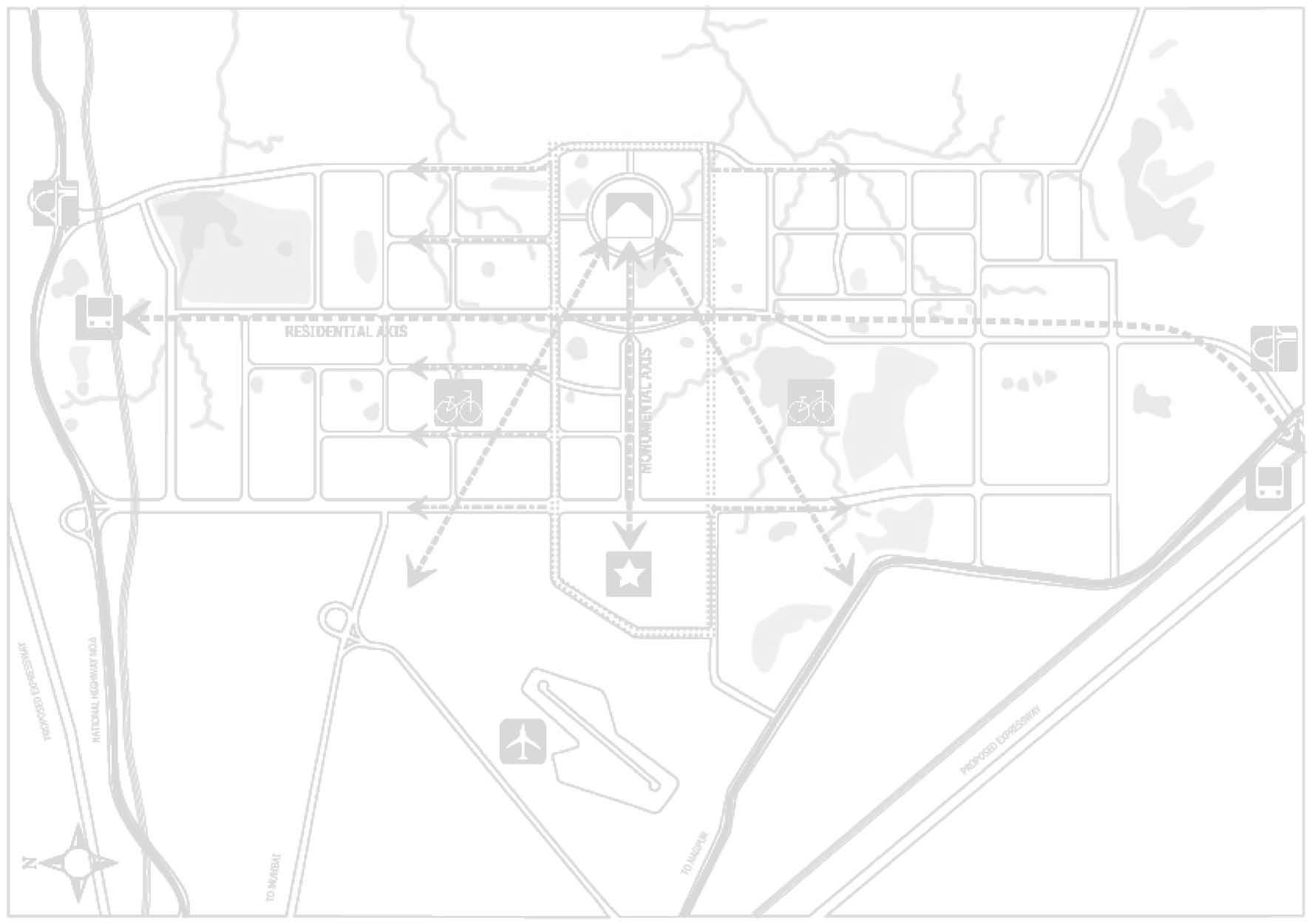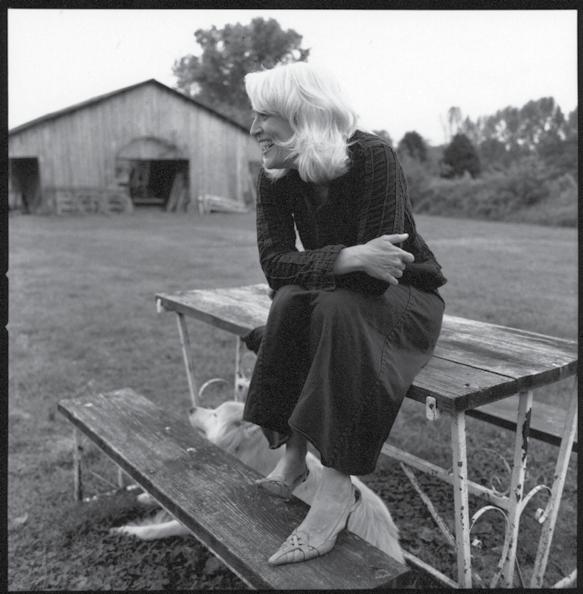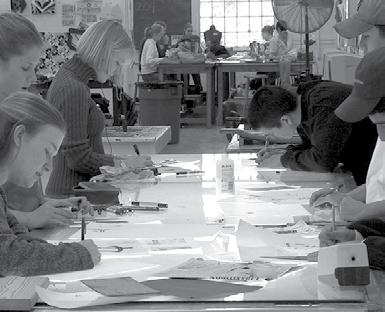d e a n ’ s m e ss a g e Design Points along a
Compass by Marvin J. Malecha, FAIA, Dean
DESIGN INFLUENCE / SPRING 2008
T
he underlying motivation for design action is summed up well by Thomas Edison’s insistence that creativity and innovation be measured by usefulness and marketability. His belief in the instrumental nature of creativity defines a particularly American contribution to the search that pervades the essence of what is now referred to as a D School mentality. Engineering, business and even medical programs have become increasingly curious about the studio method and the processes that accompany it. This curiosity is reflected in the round of management publications that explore themes such as serious play, modeling techniques and the celebration of new product development. It is no longer a question of design as part science and part humanities exploration. Design thought processes are increasingly accepted as a distinct and complementary way of understanding to these traditional perspectives.
Mr. Edison’s approach to innovation articulated a value system that included a specific focus on solutions to societal needs, collaboration among individuals with complementary skills creating a master mind mentality, a willingness to build upon ideas from many sources and the tireless pursuit of the resolution of concepts. His personal library was impressive and his interest in Shakespeare as intense as his fondness for mathematics and chemistry. The record of his activities is no less than the recollection of the birth of the design process that has become the underlying structure of the curriculum we pursue today in design education. Well before the establishment of the Bauhaus in Germany, he linked his creative and passionate group of “muckers” to industry-focused product development. The spirit that was fostered among this group is best characterized as a studio model. The industry-based research and development model owes its foundation to him.
There is considerable debate on the subject of teaching design thinking. The essence of the debate centers on the importance of the connection between thinking, making and doing. It is a return to the fundamental philosophy of Thomas Edison. Instrumentalism, the nineteenth-century American approach to education that led to the establishment of the land-grant university, connected advanced study to the common problems of industry and agriculture to nurture an improved life for the citizens of the country. This model is the inspiration of the creative intellect, tested by the problems of environment and society that results in the development of products. It is an exemplar of thinking, making and doing. It is therefore an ideal crucible for fostering the design culture. It is also the ideal crucible for the application of design thinking, making and doing. Therefore, it is this culture of thought and action that is the departure point for exploration in all directions from tools for heart surgery, to
new animation and gaming strategies, to new forms of communication and identity development, to the exploration of material and fibers development, to concepts of land and resource management, to the solutions to the affordable housing imperative, to great schools by design, to sustainable development guidelines for communities. The culture of design is an incredible vehicle for exploration along all points of the compass. It is possible to look in any direction and see the importance and the relevance of this process. It is for this reason that a College of Design within a land-grant institution is at the very core of its foundational principals. Service learning is alive in every corner of the design experience. Students and faculty are engaged with the belief that what is being pursued is for the greater good. The work of designers in American culture is dedicated to foster a better place, innovative products and vital new industries. It is time for this
amazing force within American culture to be unleashed. A design education is no less than the instigation of this force within the creative spirit to thoughtfully engage the irresistible urge to make and do. Those who urge the intimate connection between thinking, making and doing understand that design thinking is the foundation of thoughtful action. Yet, it is also the provocation for new ways of making and doing that further enrich the thought process and inspire model behavior. And, it is the doing that proves the efficacy of the journey. Thoughtfulness, exploration through demonstration and exemplary conduct are the pillars of a true design culture.
Dean's MESSAGE
















